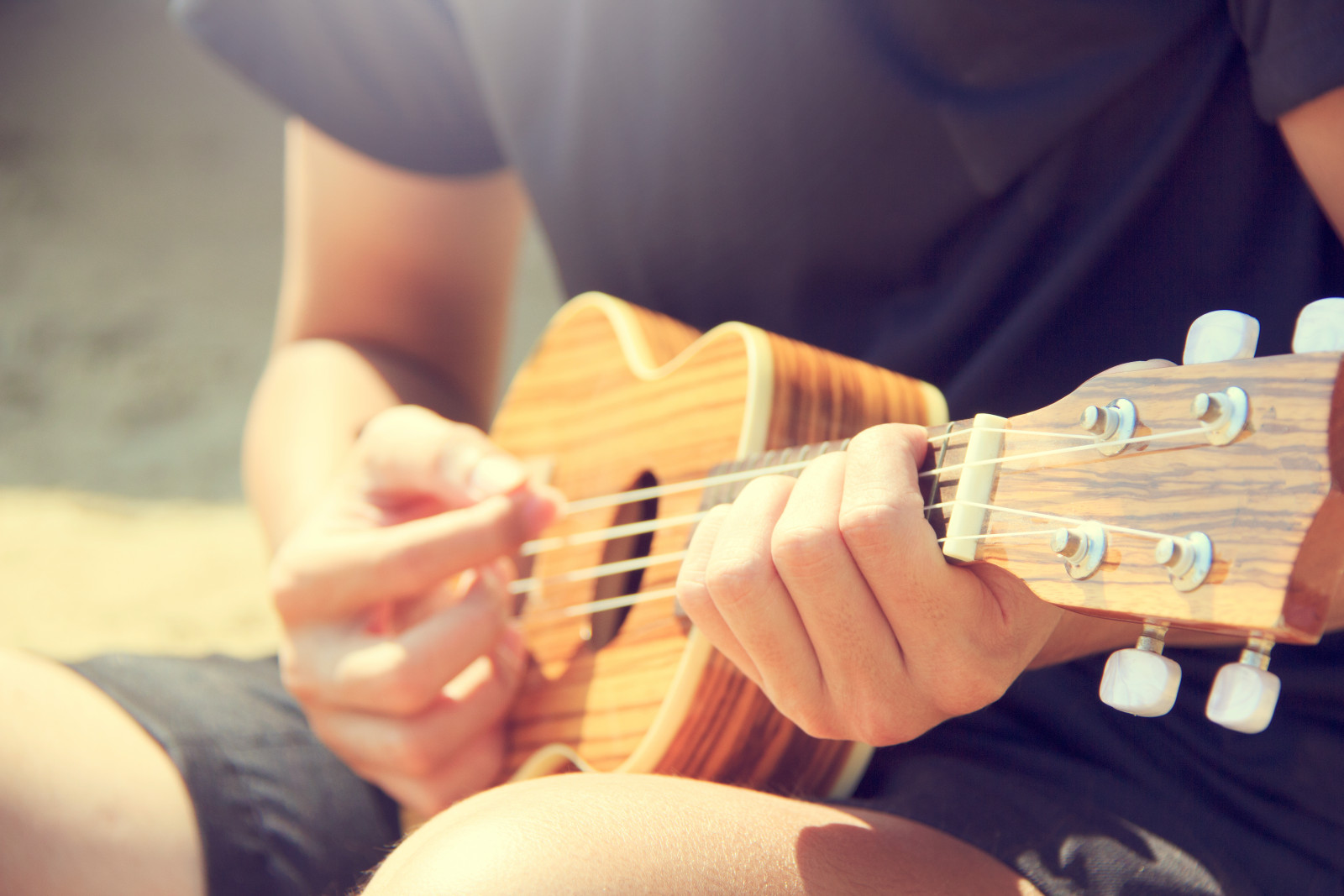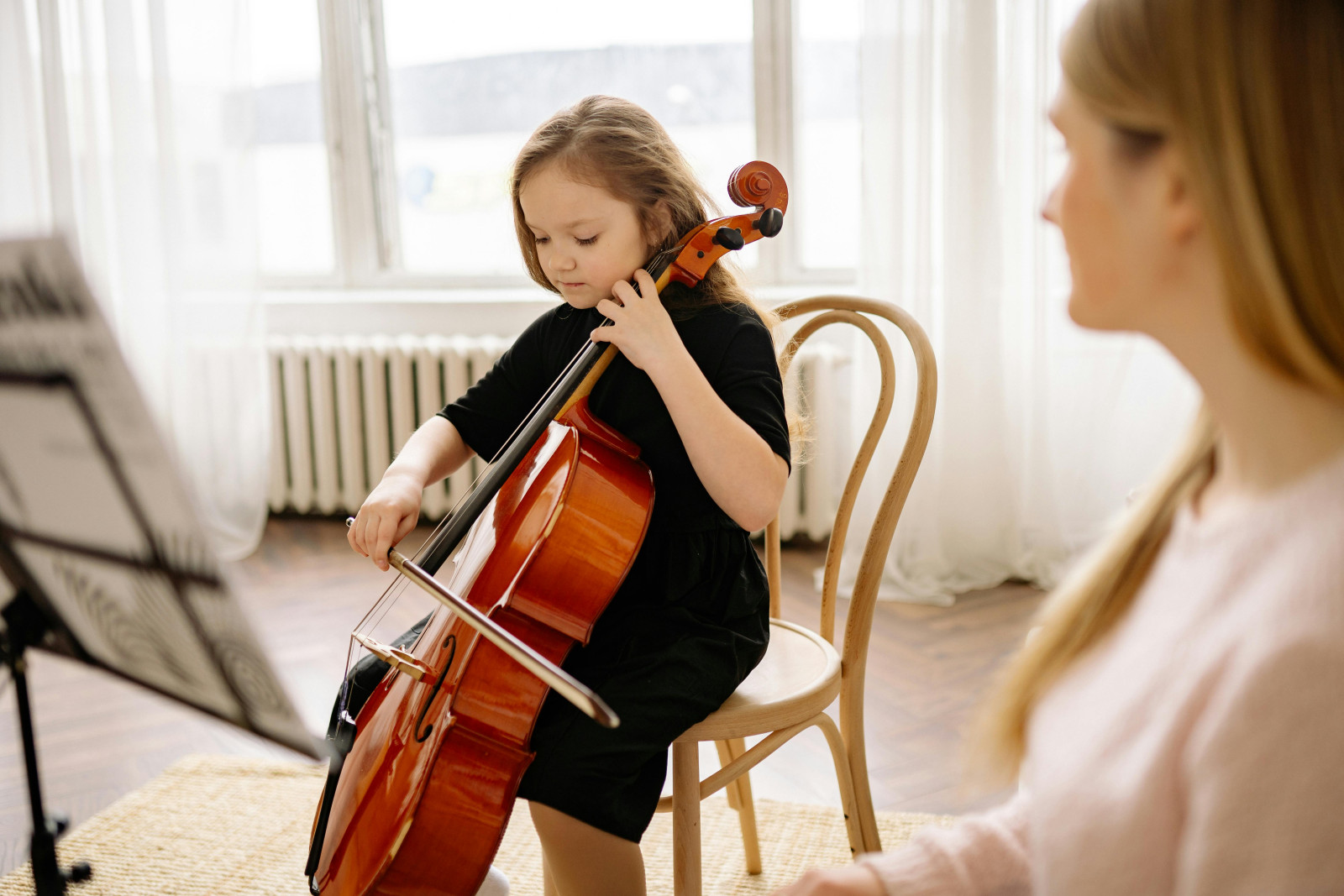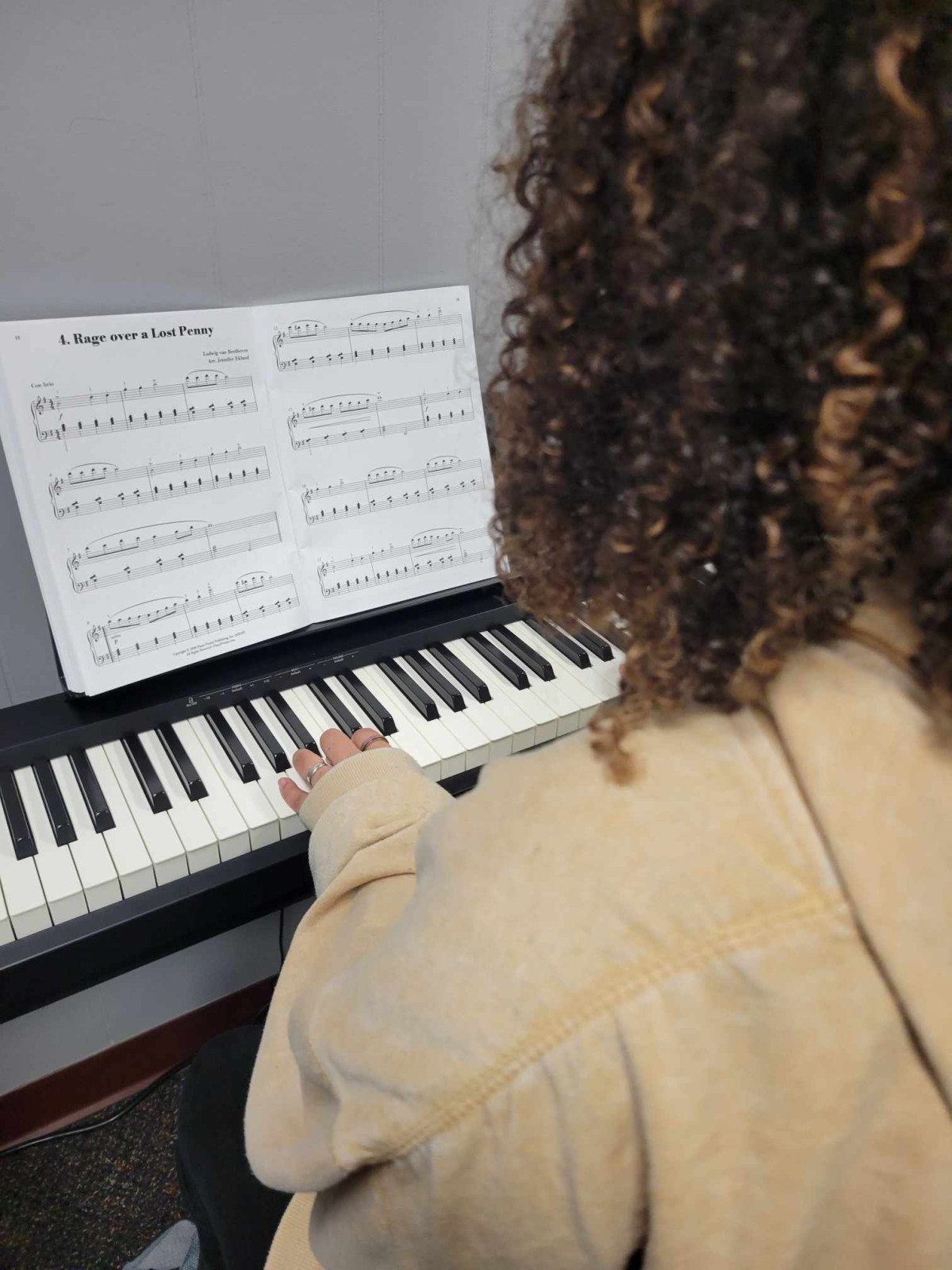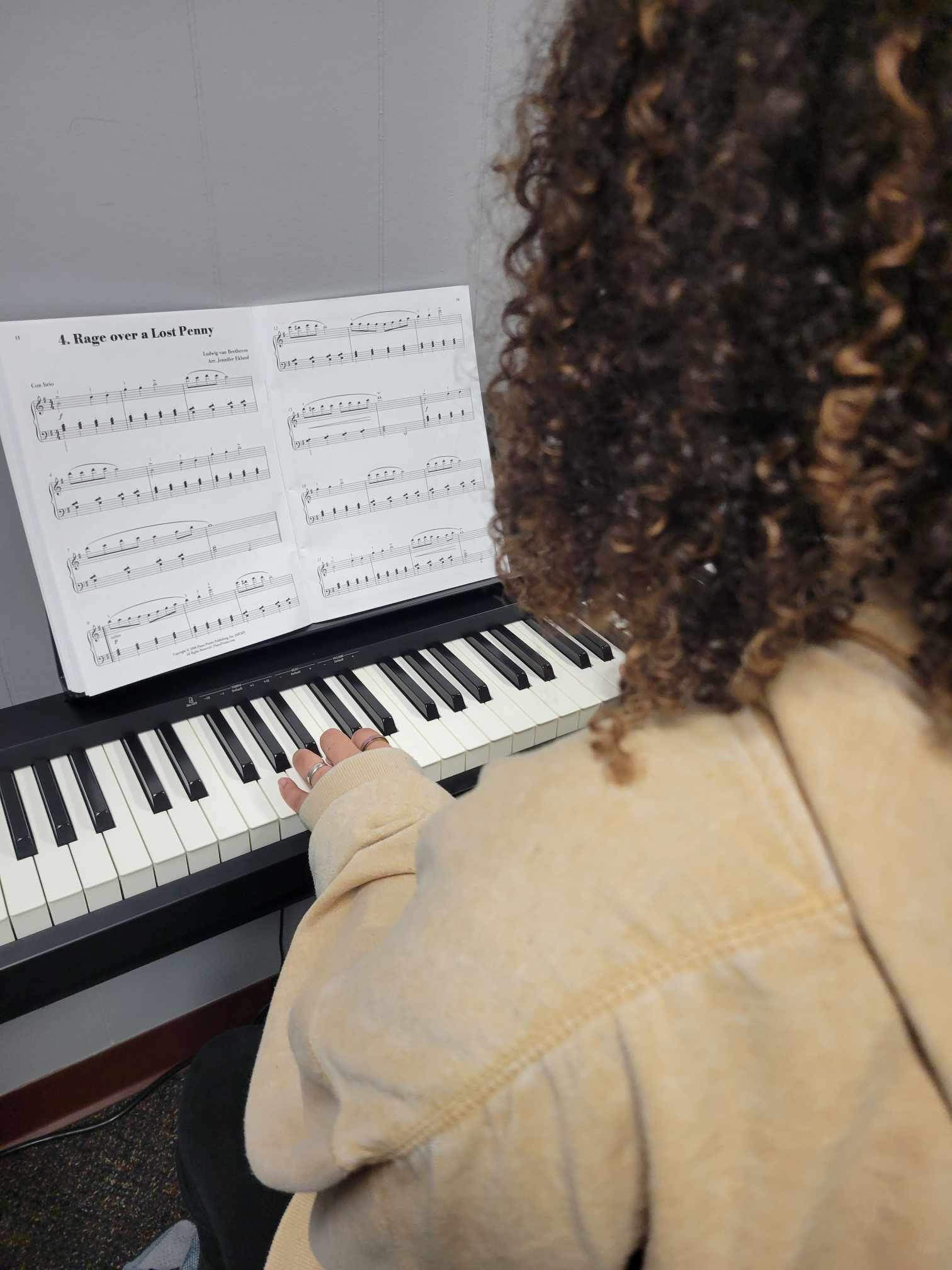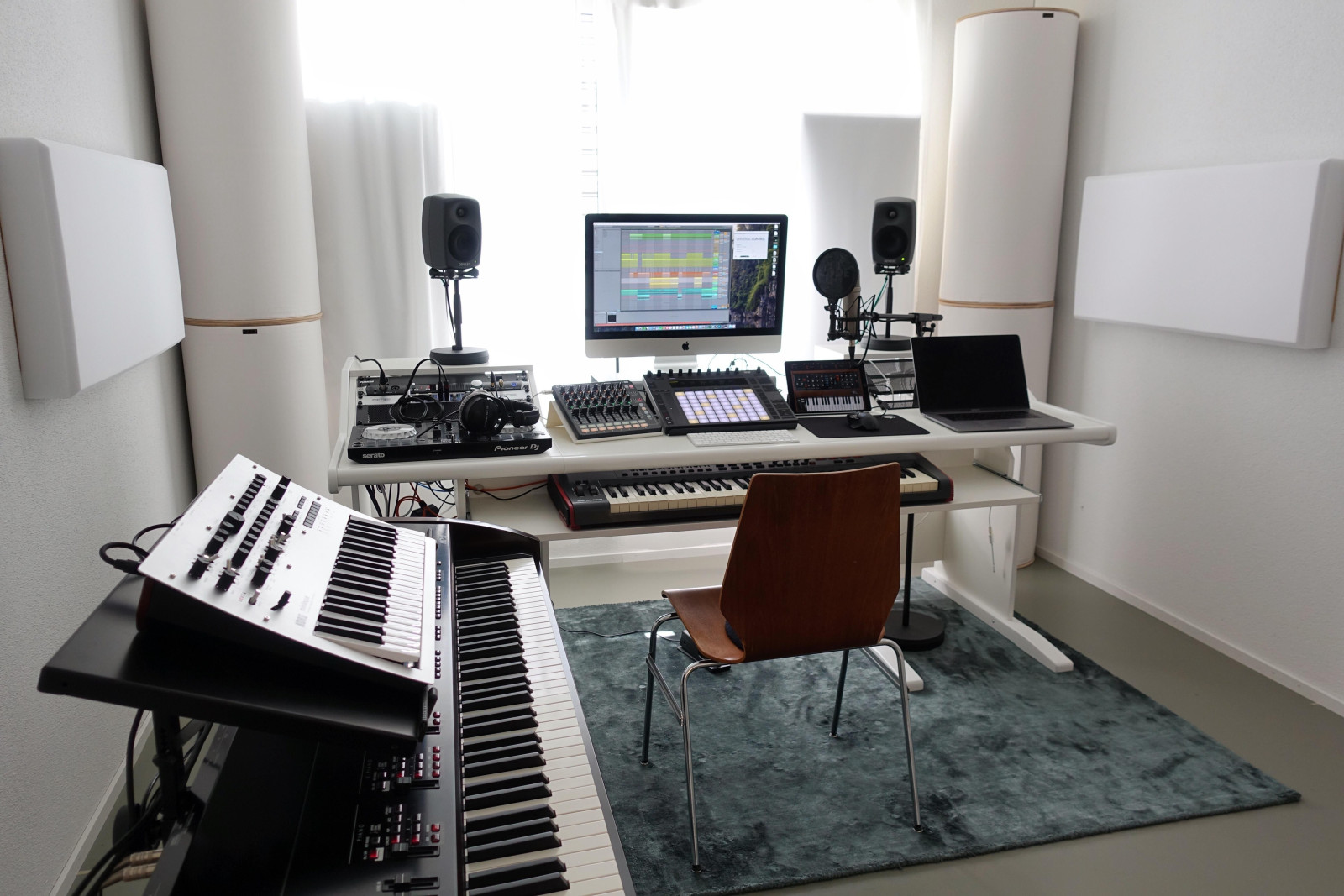
Setting Up a Budget-Friendly Home Music Teaching Studio: Practical Tips and Tricks
Establishing a home music teaching studio can be an exciting and fulfilling venture. Fortunately, with the accessibility of affordable equipment and creative solutions, creating a music teaching space on a budget is very feasible. Whether you're teaching voice, theory, or an instrument, here are some valuable tips and tricks to help you set up your home teaching studio without breaking the bank.
1. Identify Your Primary Teaching Focus
Begin by clearly defining the scope of your music teaching studio. Are you primarily offering instrumental lessons, vocal coaching, or a combination of both? Does the space you are creating need to accommodate any other types of instruction? Are you teaching virtually or in-person or both? Small groups or 1-1? Identifying these factors will guide your equipment choices and help you allocate your budget effectively.
2. Optimize Your Teaching Space
Creating an inviting and conducive teaching environment doesn't necessarily require a dedicated room. Find a quiet and well-lit corner in your home where you can conduct lessons without distractions. Consider factors like seating arrangements, lighting, and the placement of instruments or teaching aids to enhance the overall learning experience. Consider that while sound proofing is not necessary, think about what else is happening around you and where that sound may carry.
3. Invest in Essential Teaching Tools
While high-end equipment can be enticing, focus on acquiring essential tools that align with your teaching goals. A reliable instrument, a comfortable seating arrangement, and music stands (
these have held up for me for years) are fundamental. Look for affordable, yet durable options to equip your studio adequately. Consider used options too!
4. Leverage Online Teaching Platforms
Incorporate online teaching platforms and resources into your studio setup. Utilize video conferencing tools like Zoom, Skype, or Google Meet for virtual lessons. The
CRM system I utilize is multi-functional and comes with free upgraded Zoom capabilities. These platforms are often free or have budget-friendly options, making them a cost-effective way to expand your reach and offer remote lessons.
5. Seek Affordable Instrument Rentals
For students who are just starting, consider recommending affordable instrument rental options. Many music stores offer rental services for various instruments, allowing students to explore their interests without a significant upfront investment. This approach is particularly beneficial for parents who may be hesitant to purchase expensive instruments for beginners.
6. Create DIY Teaching Aids
Enhance your teaching materials with creative do-it-yourself (DIY) solutions. Craft visual aids, flashcards, or simple teaching props (I have a bunch of my favorites listed
here) to make lessons more engaging. There are numerous online templates and tutorials that can guide you in creating effective and budget-friendly teaching resources.
7. Collaborate with Other Educators
Connect with fellow music educators and explore collaborative opportunities. Sharing resources like choral scores, lesson plans, or organizing group workshops can help reduce individual costs. Collaborative efforts not only enhance the learning experience but also foster a sense of community among educators, a win-win!
8. Utilize Free Educational Platforms
Take advantage of free educational resources available online. Platforms like musictheory.net, IMSLP, and YouTube offer a wealth of educational content, including music theory lessons, sheet music, and instructional videos. Incorporating these resources into your teaching materials can supplement your lessons or classes in an engaging way without additional expenses.
9. Flexible Furniture Solutions
When it comes to studio furniture, opt for budget-friendly and versatile options. Folding chairs, portable music stands, and storage solutions that serve multiple purposes can help you maximize your budget and adapt your teaching space to different lesson formats. I have a colleague who even has a giant bean bag in his waiting area for students to enjoy while they wait their turn for their lesson. Feel free to have fun with it!
10. Embrace a Gradual Setup Approach
Building a home music teaching studio on a budget is a step-by-step process. Start with the essentials and gradually expand to fit your needs or your style as your student base grows. This approach allows you to invest wisely in response to the evolving needs of your teaching practice.
Creating a budget-friendly home music teaching studio is a fulfilling endeavor that can positively impact the learning experience for both you and your students. By identifying your teaching focus, optimizing your space, and leveraging affordable resources, you can establish a studio that fosters musical growth and creativity without exceeding your budget constraints.

